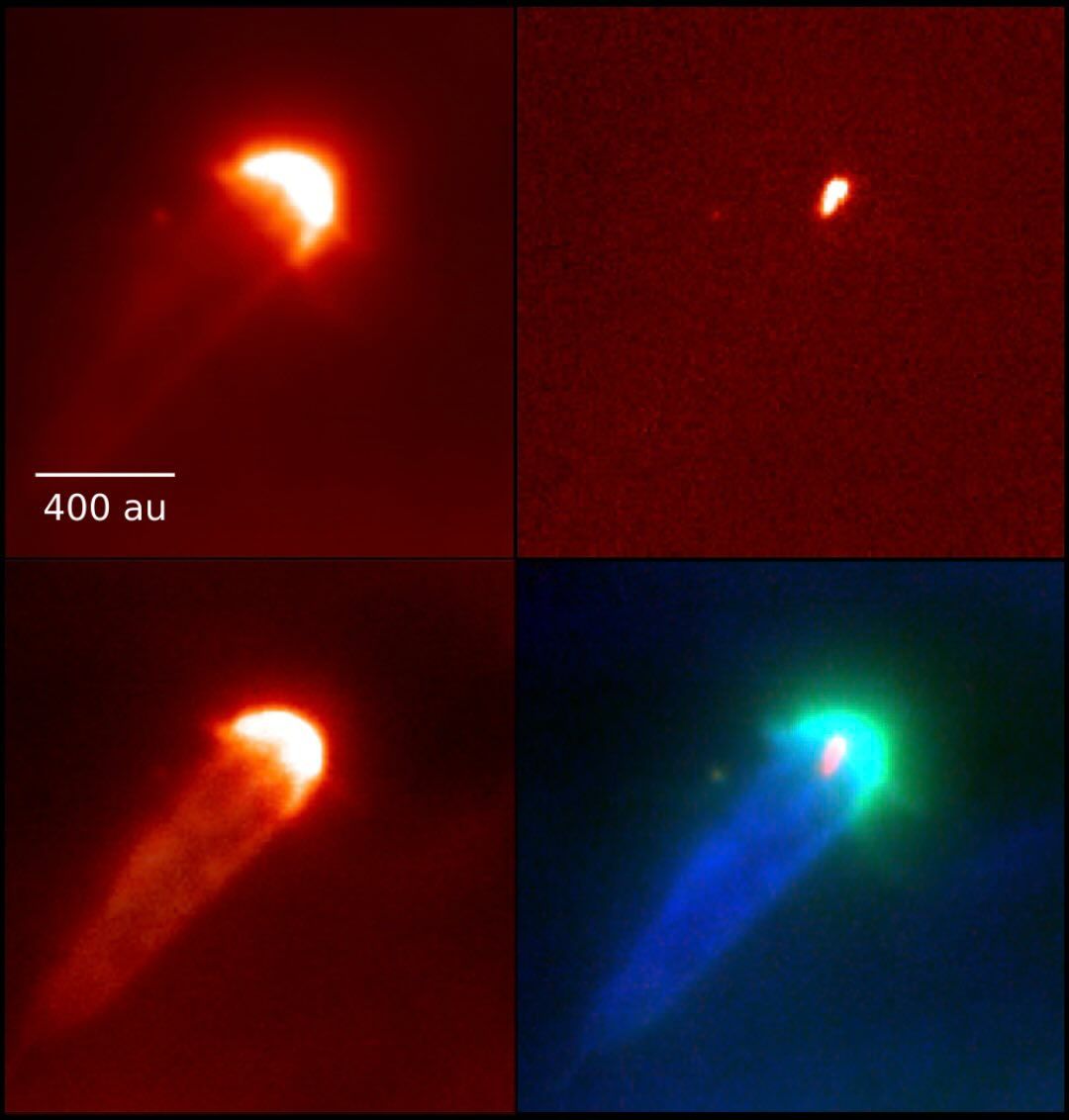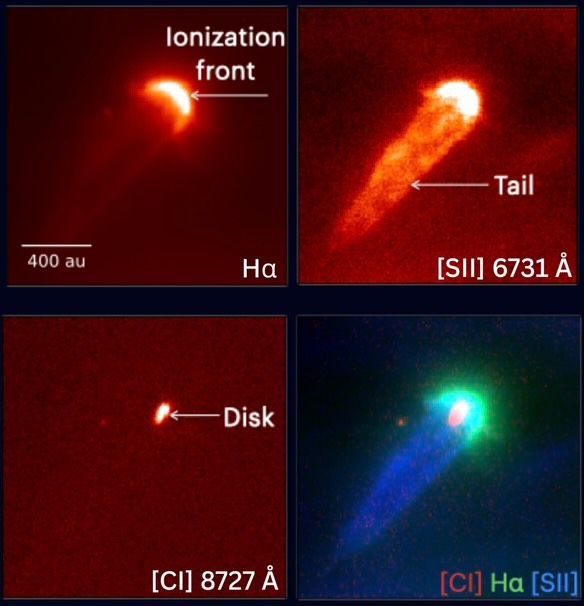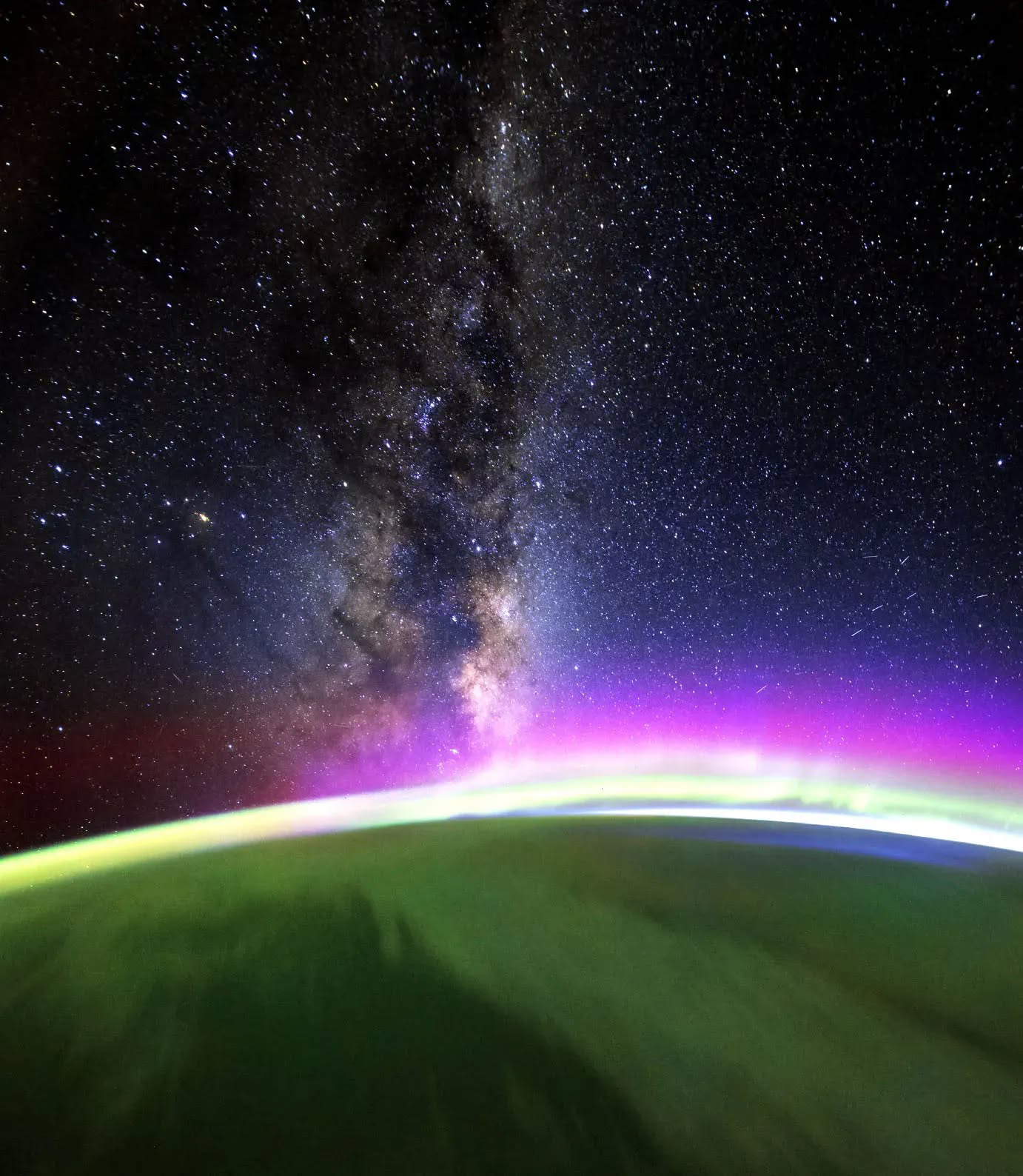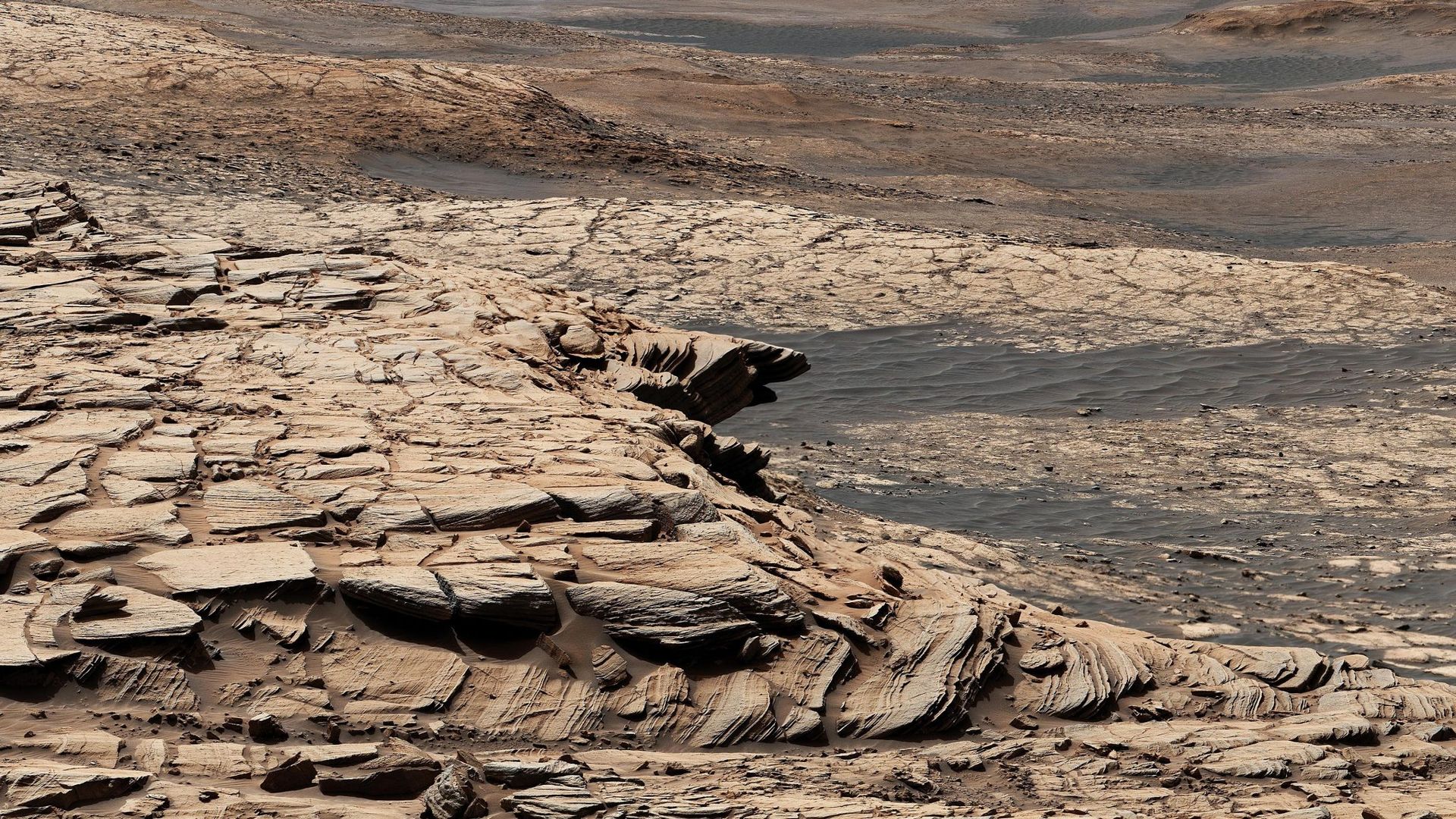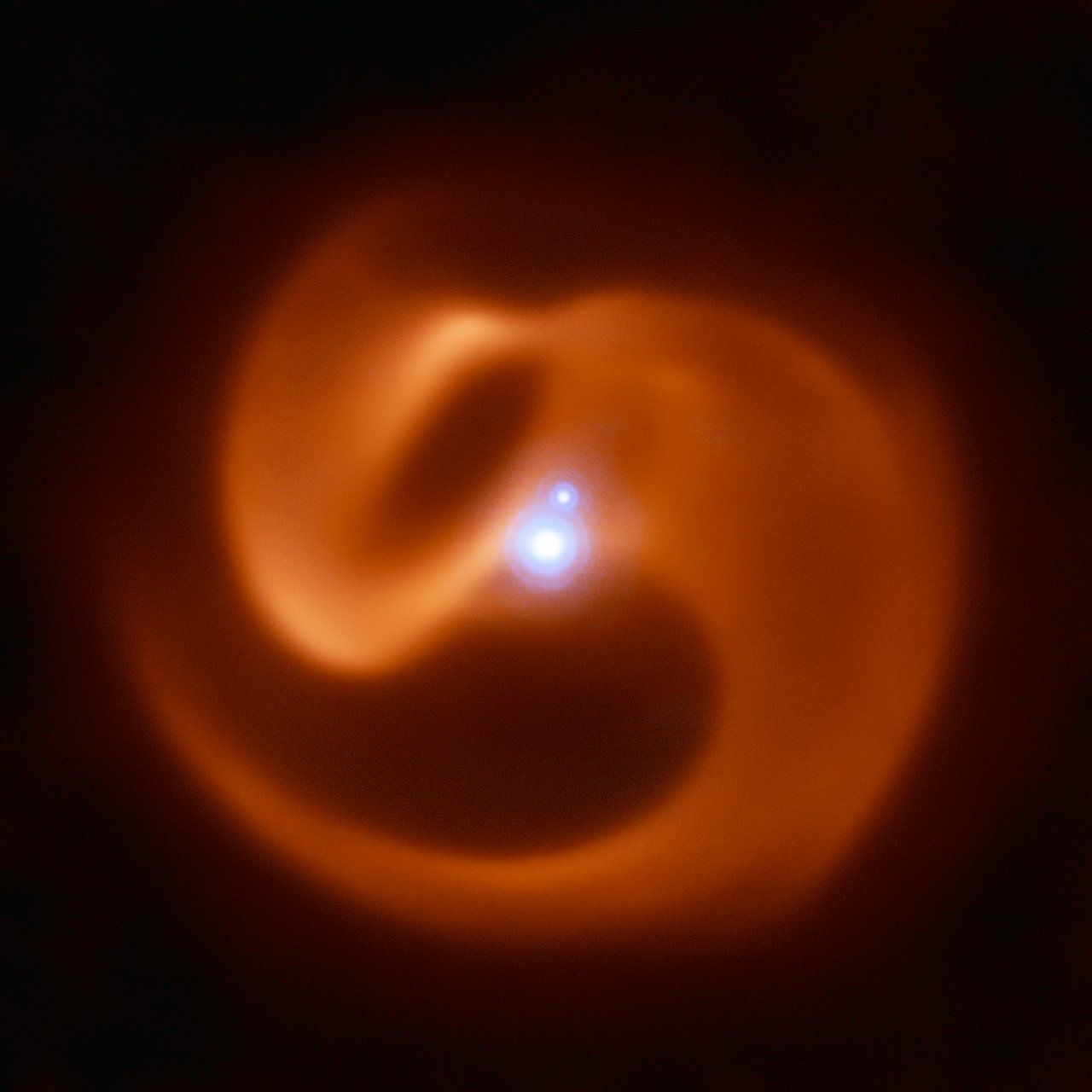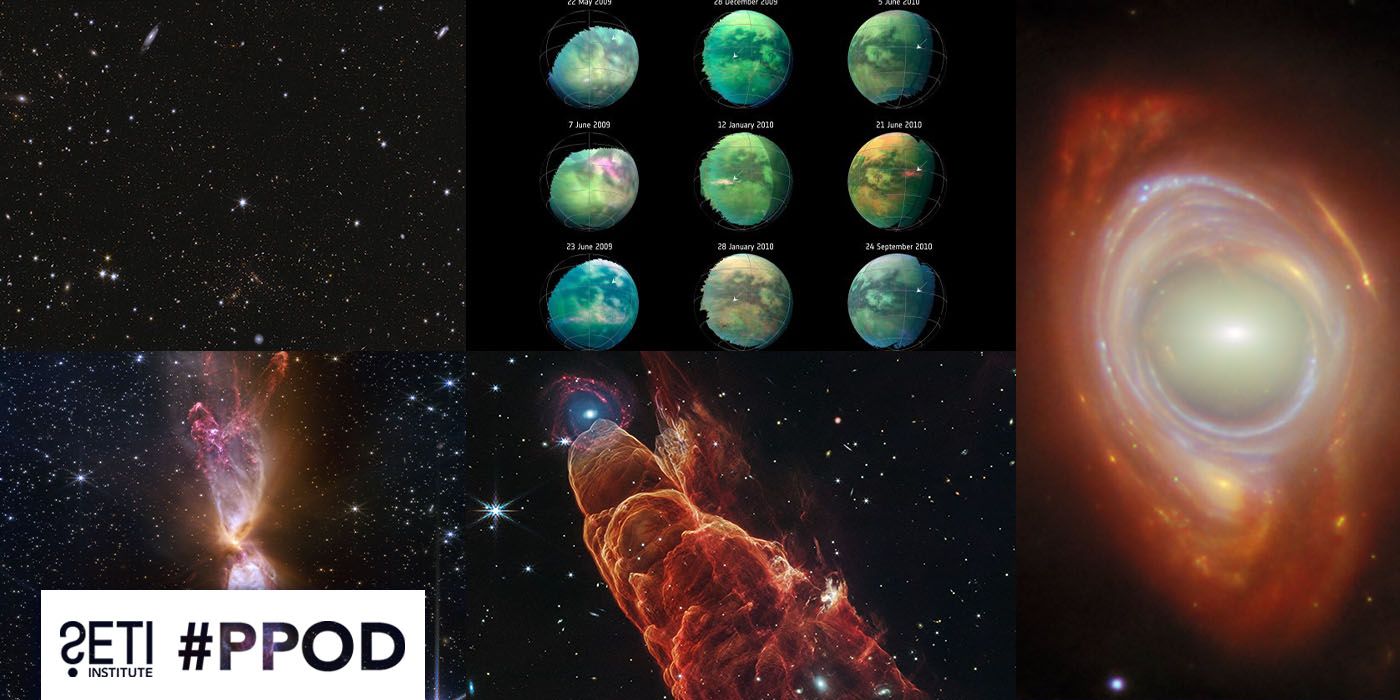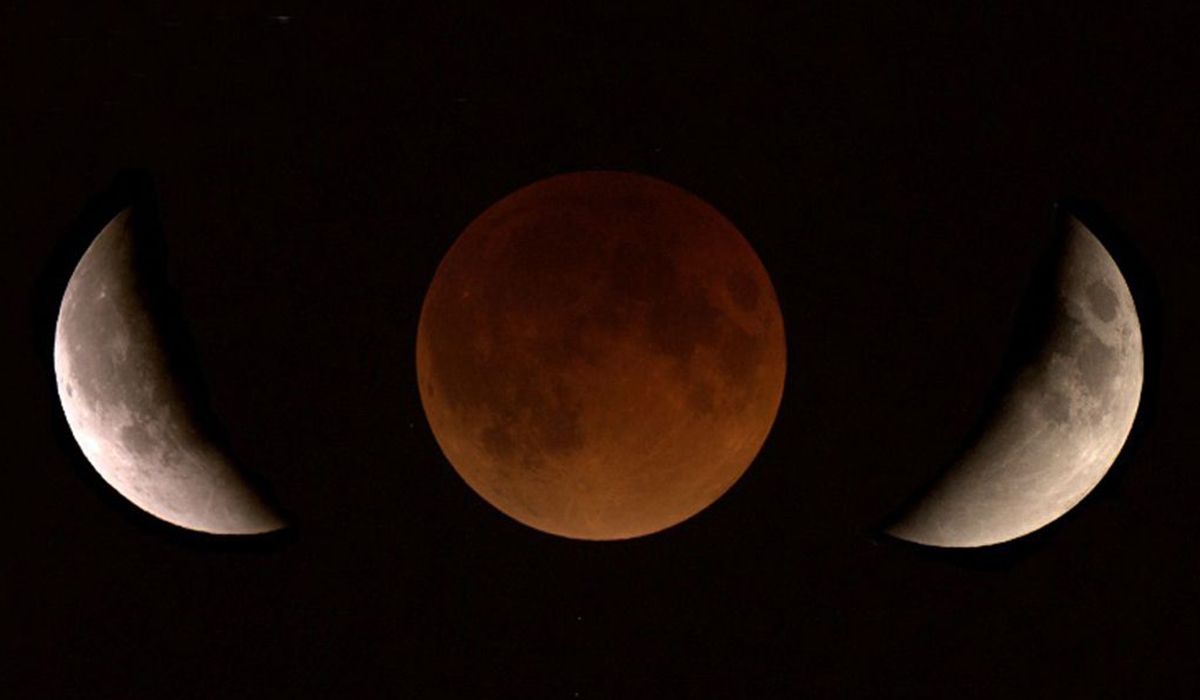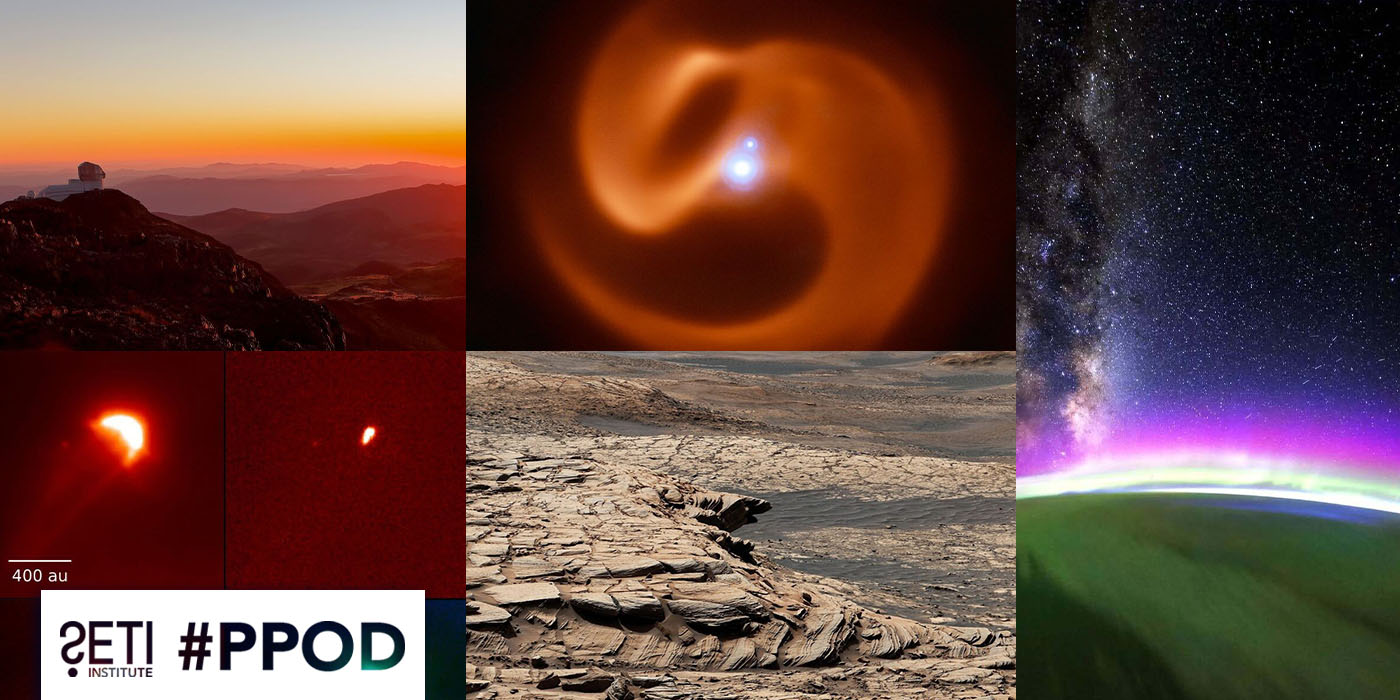
The universe is full of wondrous circles and spheres, from sun dogs around the Sun to spiraling galaxies and storms on Jupiter, including all of our planets and the Moon. Enjoy!
Vera C. Rubin Observatory
Rubin Observatory basks in the glow of this vibrant sunset from April 2025. From atop its perch on Cerro Pachón in Chile, Rubin will repeatedly scan the entire southern hemisphere sky for a decade, generating the greatest cosmic movie of the Universe ever made.
Proplyd in Detail
This sequence shows the irradiated protoplanetary disk (proplyd) 177-341 W in the Orion Nebula, captured in unprecedented detail by the Multi Unit Spectroscopic Explorer (MUSE) on ESO’s Very Large Telescope. Each panel isolates light from specific elements—hydrogen, carbon, and nitrogen—unravelling the physical and chemical conditions in which planets in high-UV environments form. Every part of the system is distinguished for the first time, including the disk in the carbon emission line. As opposed to previous proplyd images, this sequence was captured by a ground-based observatory.
Cosmic Colors Over an Orbital Sunrise
Astronaut Don Pettit took this photo from space on Jan. 27, 2025, as the Sun began to rise over a cloudy Pacific Ocean. This long-exposure image shows off the broad band of the Milky Way, our home galaxy, above the aurora and airglow that shine closer to Earth's horizon.
Curiosity's View From the Top of the Greenheugh Pediment
This view from NASA’s Curiosity Mars rover, stitched together from 28 images, was captured after the rover ascended the steep slope of a geologic feature called “Greenheugh Pediment.” In the distance at the top of the image is the floor of Gale Crater near a region called Aeolis Dorsa that researchers believe was once a massive ocean.
Coils of Apep
The VISIR instrument on ESO’s VLT captured this stunning image of a massive binary star system. Nicknamed Apep after an ancient Egyptian deity, it could be the first gamma-ray burst progenitor to be found in our galaxy.
Apep’s stellar winds have created the dust cloud surrounding the system, which consists of a binary star with a fainter companion. With two Wolf-Rayet stars orbiting each other in the binary, the serpentine swirls surrounding Apep are formed by the collision of two sets of powerful stellar winds, which create the spectacular dust plumes seen in the image.
The reddish pinwheel in this image is data from the VISIR instrument on ESO’s Very Large Telescope (VLT), showing the spectacular dust plumes surrounding Apep. The blue sources at the centre of the image are a triple star system, which consists of a binary star system and a companion single star bound together by gravity. Only two star-like objects are visible in the image, but the lower source is an unresolved binary Wolf-Rayet star. The NACOadaptive optics instrument on the VLT captured the triple star system.
News
Related News
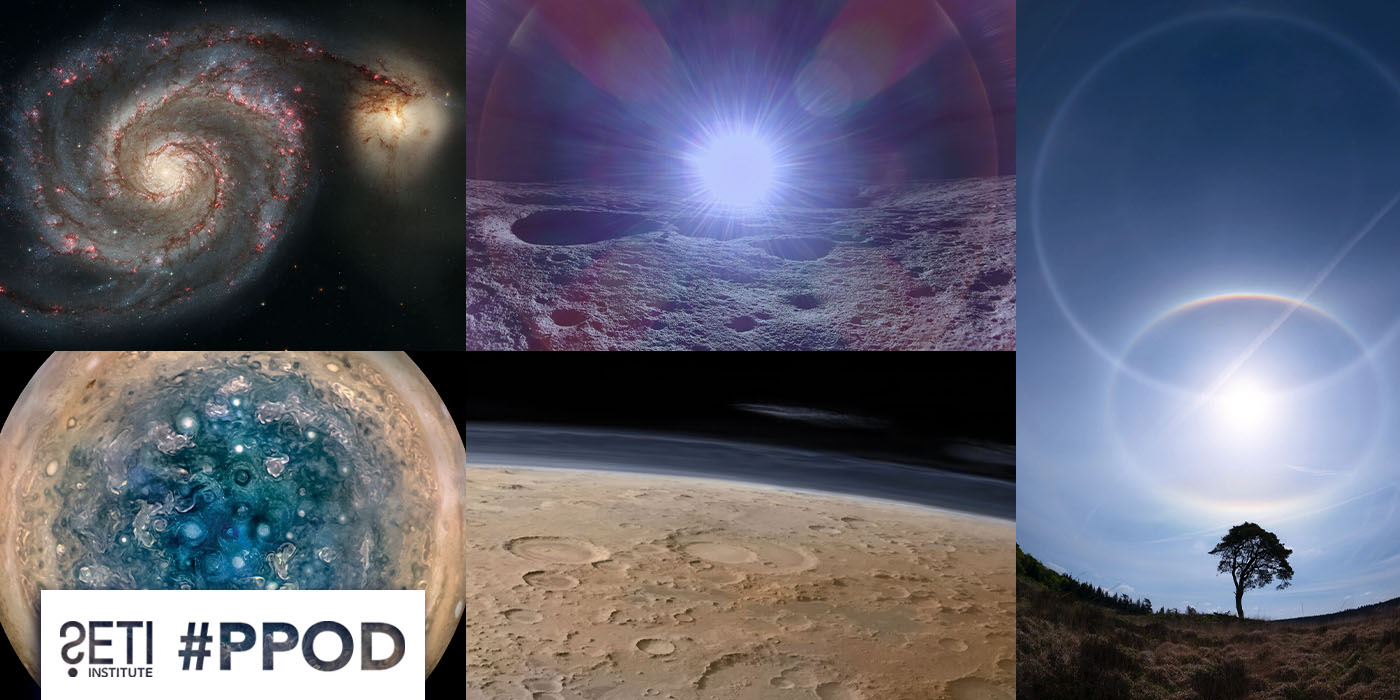
Planetary Picture of the Day Week of May 12, 2025
#PPOD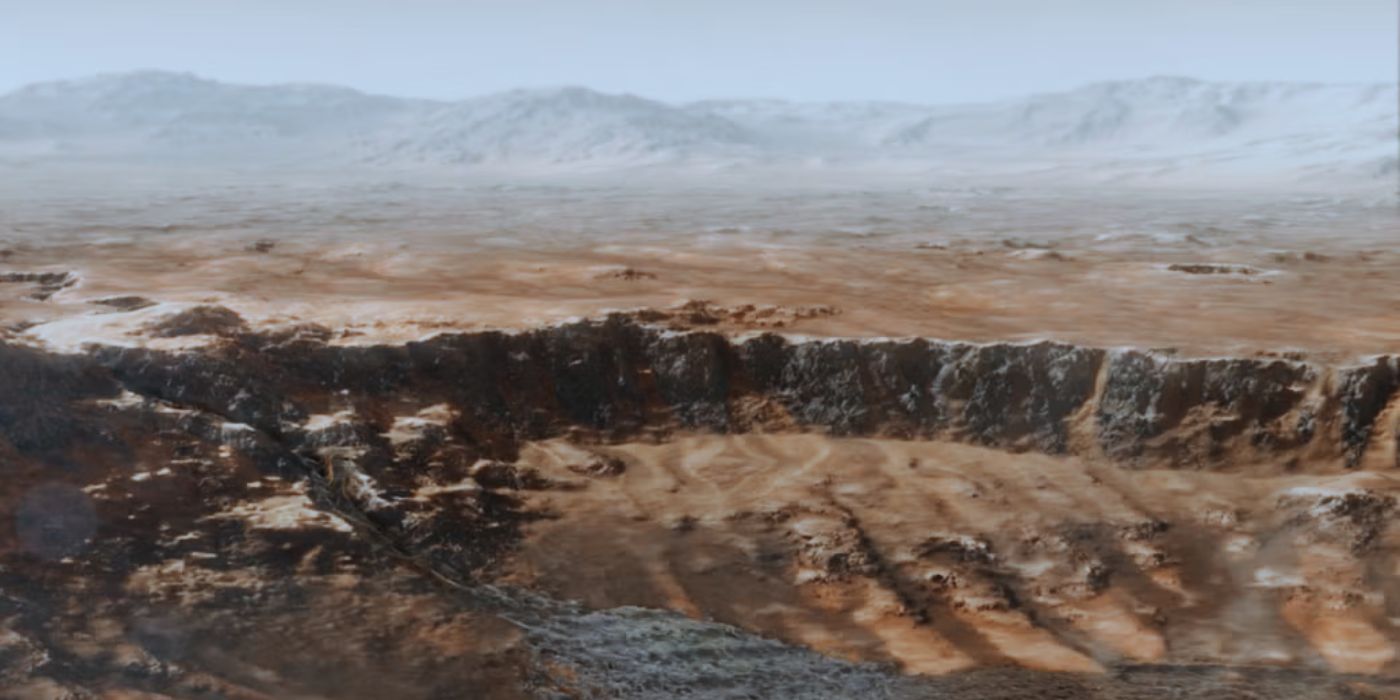
Red Planet, Blue Past: What Ancient Rain on Mars Tells Us About Its Watery History
#Mars #Solar System #Astrobiology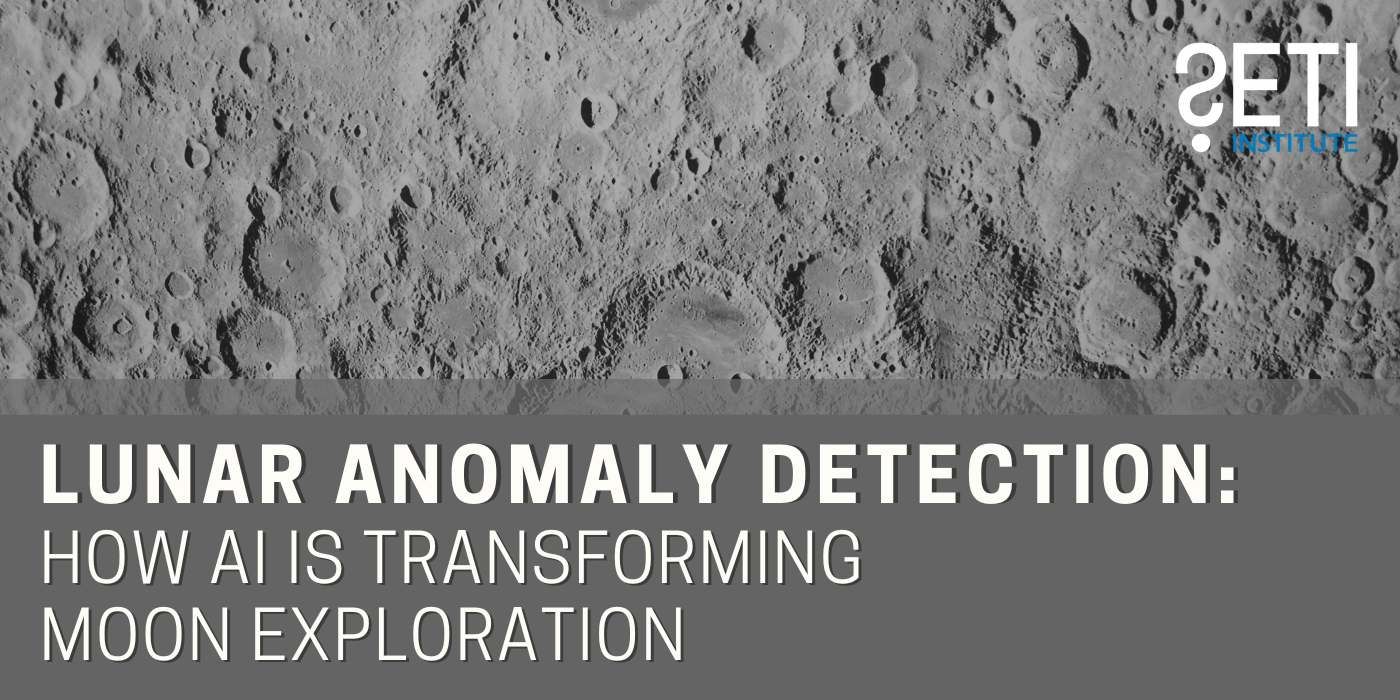
Lunar Anomaly Detection: How AI is Transforming Moon Exploration
#Moon #Solar System #SETI Live BlogResearch
Related Projects
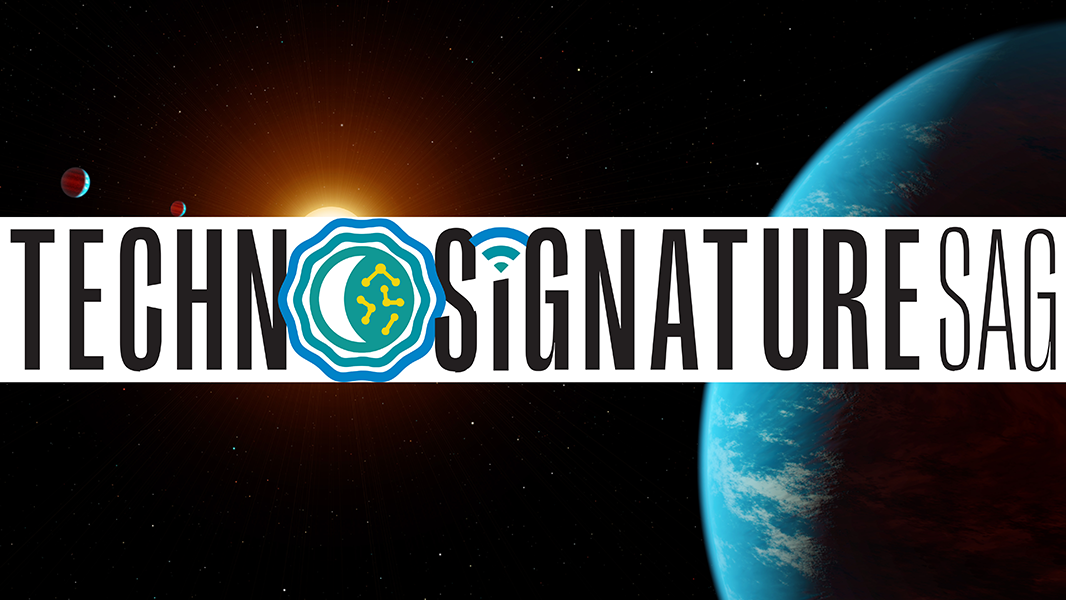
Technosignatures SAG
Technosignatures SAG is a group of volunteer experts who have been chartered by NASA to produce a report to NASA’s Exoplanet Exploration Program, containing the results of its analysis on how NASA can better integrate technosignature search into its portfolio. #Technosignatures SAG #Technosignatures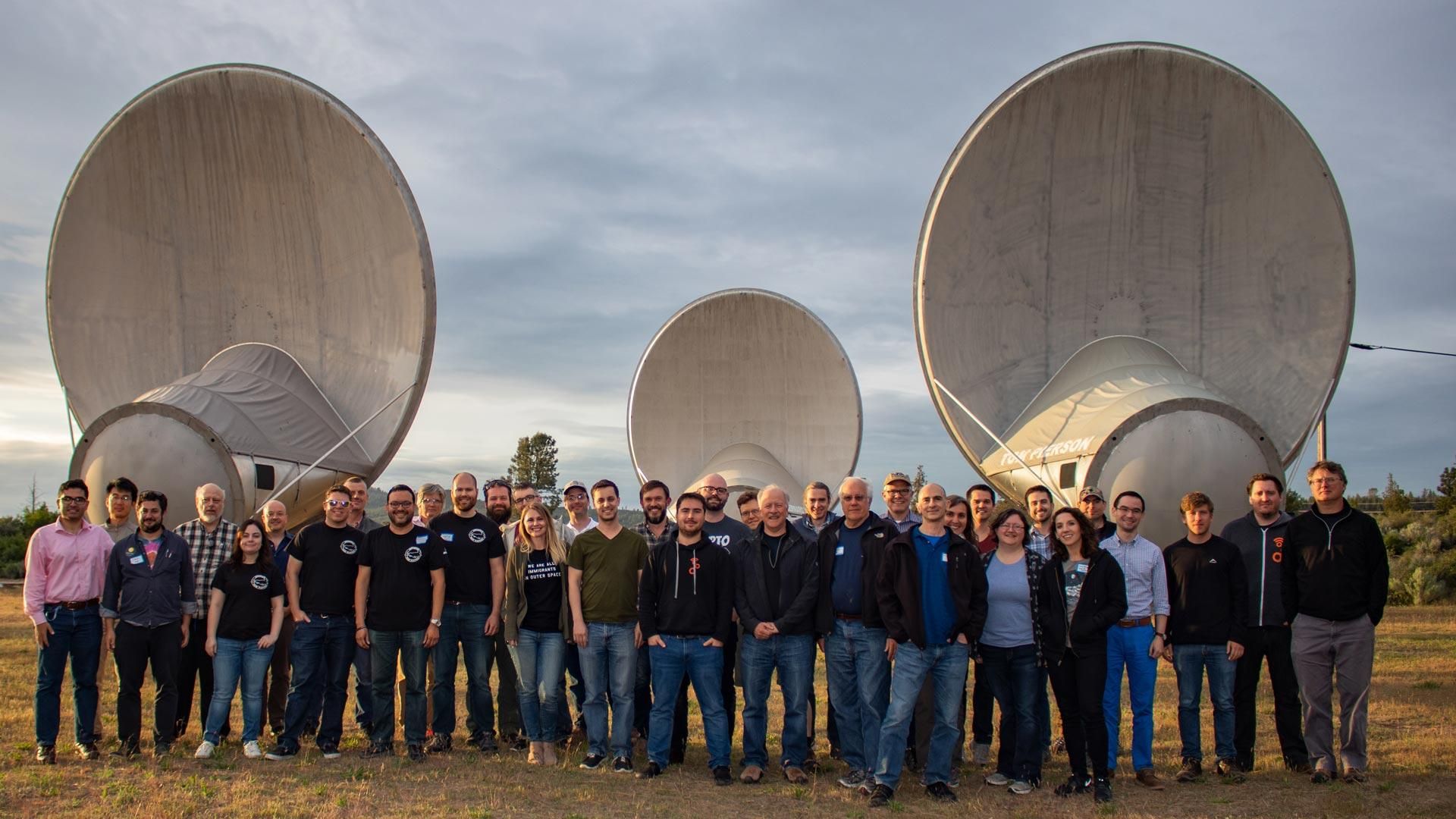
GNU Radio and SETI
GNU technology could revolutionize the development of receiving equipment for SETI (and for radio astronomy in general.) It promises to speed the design of new receivers, and to allow scientists to quickly change how data are analyzed and displayed. #GNU Radio #Radio Astronomy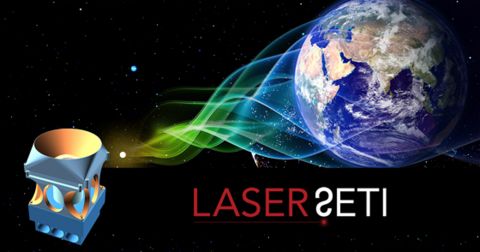
LaserSETI
SETI Institute’s LaserSETI program is building a network of instruments to monitor the entire night sky. This network represents an unprecedented growth in the continuing search for manifestations of sophisticated intelligence beyond Earth. #LaserSETI #Optical SETISupport the
SETI Institute
Scientists are getting closer in their search for life beyond earth. But with limited federal funding for the search for extraterrestrial intelligence, supporters are the reason cutting-edge scientists can keep their eyes on the sky.
)

